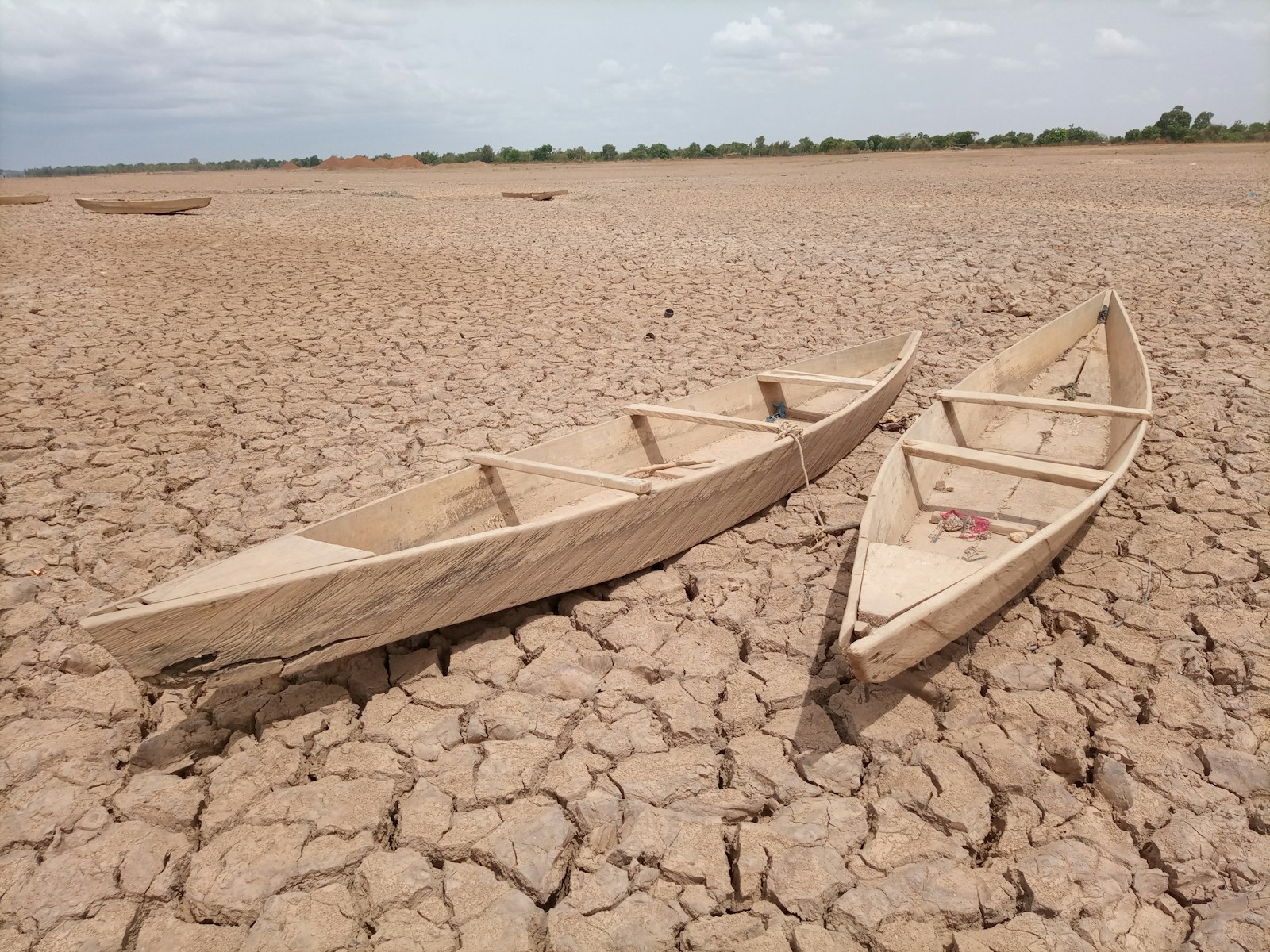Introduction
Cape Wildfires have become one of the most urgent seasonal challenges facing the Western Cape, particularly during the high-risk period from November to April. Recent fires in the Garden Route and Cape Winelands have shown how quickly small flare-ups can escalate under harsh weather conditions. Officials warn that dry vegetation, increasing temperatures, and strong winds create an environment where fires can spread rapidly. Emergency teams have already undergone inspections, confirming that they are prepared for the months ahead. Yet official readiness alone is not enough. Residents, businesses, and local communities must also take responsibility for reducing risks. This article breaks down the key factors influencing this year’s fire season and explains what every household should know to stay safe.
Seasonal Climate Patterns That Raise Risk
Cape Wildfires become more intense when the region shifts into its hot and dry summer phase. During these months, the Western Cape experiences reduced humidity, little rain, and extended heatwaves. These conditions strip moisture from vegetation, turning grasslands, shrubs, and forests into highly flammable fuel. As temperatures climb, even a tiny spark can ignite a widespread blaze. Meteorologists note that these weather patterns are becoming more common, increasing the importance of monitoring fire danger ratings. By understanding how heat and dryness affect the landscape, communities can better anticipate days when fire risk is at its peak.
How Wind Accelerates Fire Spread
Cape Wildfires often spread rapidly due to strong winds characteristic of the region. Berg winds, in particular, pose a major threat because they are warm, dry, and capable of carrying burning embers over long distances. Under these conditions, a small controlled fire can turn into a fast-moving inferno in a matter of minutes. Fire authorities rely heavily on wind forecasts when assessing danger levels. Residents should pay attention to daily wind advisories, secure loose objects around their homes, and be ready to act quickly when extreme wind warnings are issued. Wind is one of the most unpredictable and dangerous elements during fire season.
The Role of Vegetation Build-up
Cape Wildfires thrive on accumulated plant matter—dead branches, dried leaves, overgrown shrubs, and old grass. When this natural debris collects around homes, parks, or nature reserves, it serves as a powerful fuel source. Recent government assessments have revealed high fuel loads in many areas, especially those recovering from drought. Clearing this build-up remains one of the most effective ways to lower fire intensity. Homeowners are encouraged to remove dry vegetation, maintain gardens, and keep areas around structures free of flammable materials. In rural zones, maintaining and widening firebreaks is critical for slowing the spread of fast-moving fires.
Human Activity and Accidental Ignitions
Cape Wildfires frequently originate from human actions. Carelessly discarded cigarette butts, illegal burning, unattended braais, and faulty electrical equipment often contribute to fire outbreaks. Even sparks from power tools can ignite dry vegetation. Inspections by fire authorities show that many recent incidents were entirely preventable. Public awareness campaigns now emphasize safer use of equipment, responsible waste disposal, and strict adherence to fire restrictions. Residents should avoid open flames during high-risk periods and follow municipal rules for disposing of garden waste. Reducing careless behaviour significantly decreases the number of avoidable fires.
The Importance of Aerial and Ground Resources
Cape Wildfires require strong coordination between aerial and ground-based response units. Helicopters, fixed-wing water bombers, and spotter planes play essential roles in detecting and suppressing new fires. Ground teams—including municipal firefighters, trained volunteers, and contracted crews—work closely with aircraft to contain flames from multiple directions. Officials confirm that equipment checks at fire stations and airbases indicate high readiness for fast deployment. Well-maintained access routes, water points, fuel stations, and communication tools help shorten response time. Residents in high-risk zones should ensure that roads and property entrances remain unobstructed for emergency vehicles.
Preparedness Measures for Households
Cape Wildfires preparedness should begin inside every home. Families are encouraged to create evacuation plans, prepare emergency bags, and identify alternative routes in case roads become blocked. Important documents should be stored safely and backed up digitally. Homes near natural vegetation zones should install ember-resistant vents, regularly clean gutters, and keep flammable items away from buildings. Families with children, elderly members, pets, or individuals with special needs should plan additional steps to ensure a smooth evacuation. Practising evacuation drills helps reduce confusion and fear during real emergencies. Prepared households make it easier for emergency services to focus on critical situations.
Community-Level Readiness and Coordination
Cape Wildfires response efforts become much more effective when communities work together. Local groups can organise clean-up campaigns, share important emergency contacts, and assist vulnerable residents. Firewise community programmes promote shared safety practices and encourage collective fuel reduction. Many towns in the Western Cape support volunteer firefighting groups that assist professional teams during major incidents. Community radio, WhatsApp groups, and local alert systems provide quick updates during emergencies. Strong community coordination ensures faster communication, better preparedness, and improved safety during fire outbreaks.
Government Actions and Facility Inspections
Cape Wildfires preparations have prompted government leaders to carry out inspections across emergency response facilities. These evaluations assess equipment readiness, staff capacity, communication networks, and the availability of aerial firefighting units. Briefings indicate that control rooms have undergone testing, water reservoirs for aircraft have been verified, and firefighting crews have completed seasonal training. Firebreaks on public land have also been reviewed, and cooperation between agencies has been strengthened. Authorities continue urging residents to report smoke sightings promptly and comply with evacuation orders for their own safety.
Environmental Impact and Long-Term Recovery
Cape Wildfires affect far more than populated areas—they significantly impact natural ecosystems. Fires can reshape landscapes, disrupt habitats, and challenge the survival of many species. While some plants in the fynbos ecosystem rely on fire for regeneration, extreme or frequent fires can damage their natural growth cycles. Severe fires can also lead to soil erosion, water pollution, and long-term loss of vegetation. Environmental rehabilitation may take years and often requires replanting, erosion control measures, and community involvement. Understanding these ecological impacts reinforces the importance of fire prevention and responsible land care.
Health and Safety Considerations
Cape Wildfires generate thick smoke that can drift across towns and cities, lowering air quality and posing health risks. Smoke exposure can irritate eyes, worsen asthma, and cause breathing difficulties. During fire outbreaks, residents should stay indoors, limit outdoor activity, and use masks when needed. Firefighters working close to the flames rely on specialised gear to withstand heavy smoke. Public health authorities routinely advise people to monitor air quality notices and avoid strenuous outdoor exercise. Being aware of health risks is essential for families and individuals living near fire-prone areas.
FAQs
Q: How can I stay updated during Cape Wildfires?
A: Monitor official emergency alerts, local news, community groups, and trusted weather services for timely updates.
Q: What’s the best way to protect my home from Cape Wildfires?
A: Create defensible space by clearing dry vegetation and keeping an evacuation plan ready.
Q: Are pets affected during Cape Wildfires?
A: Yes. Prepare carriers, food, and transport arrangements to ensure quick evacuation for pets.
Conclusion
Cape Wildfires remain a significant seasonal challenge, but effective preparation can greatly reduce risk. With authorities confirming readiness and communities improving response efforts, the Western Cape is better positioned to manage upcoming fire threats. By understanding climate patterns, reducing vegetation build-up, following safety guidelines, and preparing households in advance, residents contribute to protecting lives, property, and the environment. As the fire season continues, staying informed and acting responsibly will remain essential to reducing the dangers associated with Cape Wildfires.




